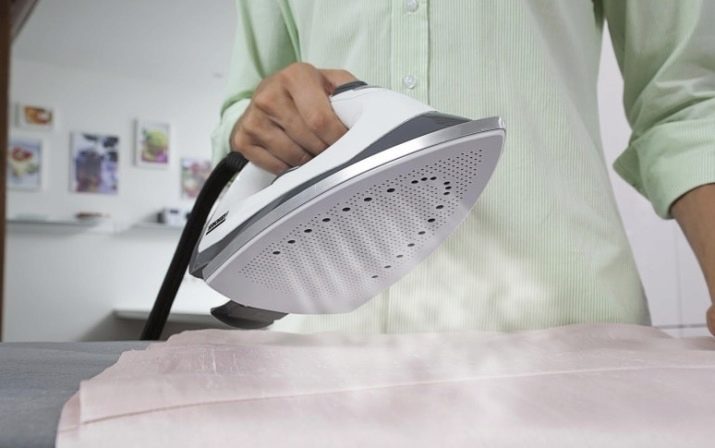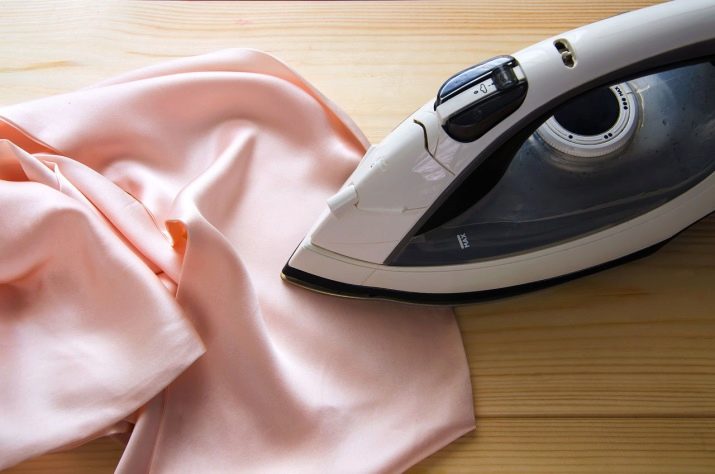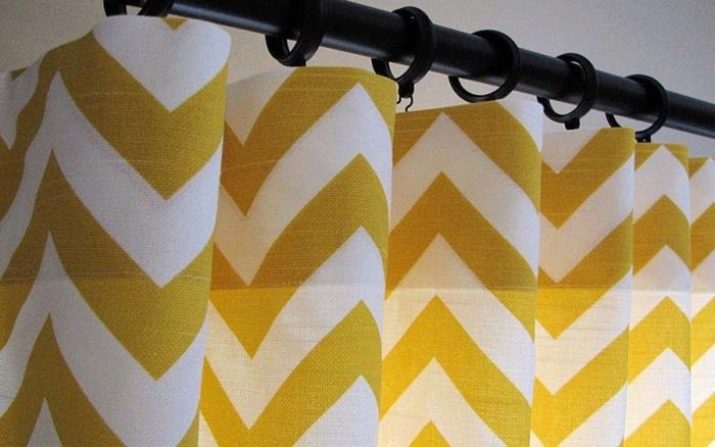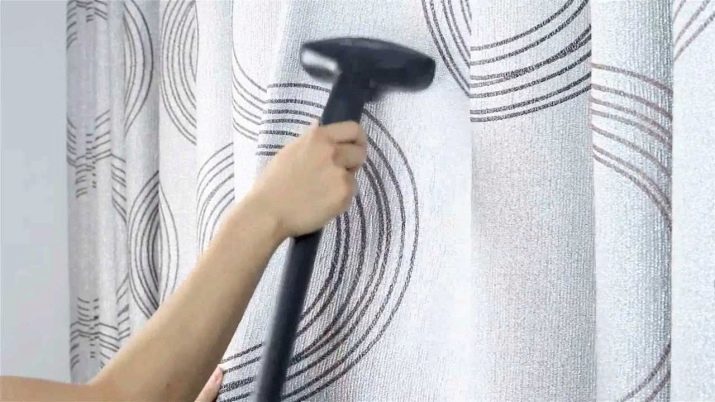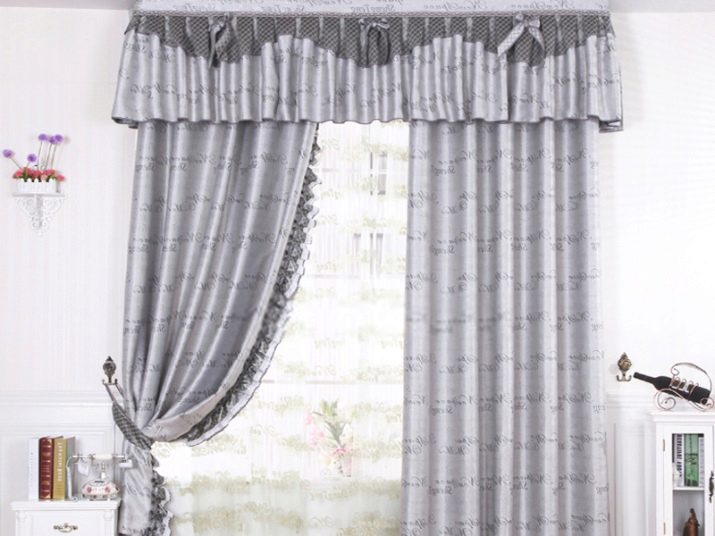Clean, but wrinkled curtains will not decorate the interior, no matter how high-quality and beautiful the fabric. To ironing curtains does not spoil their texture, you must consider the type of material. Knowing the name of the fabric, and even better its composition, you can easily choose the mode of safe ironing curtains. Matching the type of material with the ironing method extends the life of the curtains. The difficulty may lie in the fact that most curtains for sale do not have a label-instructions on how to care for them.
Material Features
All fabrics for curtains can be divided into two large groups - artificial and natural. Inside these hugely diverse groups, each fabric requires special care, sometimes unacceptable for a different type of material.
Consider the most popular materials for curtains and the recommended temperature conditions of the iron with them.
- Blinds made of natural flax simply, as long as they are slightly damp. The temperature can be set as high as possible.
- Curtains made of polyester and viscose are very easy to wash, but can not stand the touch of an iron hotter than 150 degrees (one point on the indicator). Ironing is better from the seamy side.
- Curtains of organza, tulle and chiffon can do without an iron if they are hung immediately after washing without pressing. But if the folds still formed, they can be smoothed at the lowest possible temperature, necessarily through wet gauze or a sheet of tracing paper.
- Silk or taffeta ironed without stripping from the inside out at a temperature not exceeding 150 ° C.
- Heavy velvet or velor should be wrapped in a wet terry towel so that the pile has one direction when it dries. It is better to iron these capricious aristocratic curtains dry, from the inside, without strong pressing of the sole of the iron on the fabric without stripping.
- If there is embroidery on the curtains, then ironing time should be moistened with water and ironed from the inside.
Before you iron the material of unknown composition, you need to test the work of the iron on a small section of the inside. It is necessary to begin with low temperatures of the sole, gradually increasing it. If you feel difficulty sliding iron, you should slightly reduce the temperature.
Adaptations and methods
Ironing tools are no longer limited to a single iron. Iron is in every home, today it is inexpensive, light in weight and in use a device that allows you to smooth out the folds on any fabric. The iron may be conventional or with a steam function.
The usual iron ironed curtains in a horizontal position, this method is most effectively smoothes wrinkles and zamyatiny. However, the horizontal method of ironing is not suitable for complex curtains made of fabrics of different textures, pelmets, curtains with many folds and folds.
Irons with a steamer are lighter in weight, they can be used for vertical ironing of curtains, letting off steam at a short distance from matter.
The complexity of the vertical steam iron curtains lies in large areas of the material. It is not convenient for everyone to break up curtains that are large in size. Vertical steam is suitable for selectively smoothing crumpled curtains of velvet, organza, linen and cotton, natural and artificial silk, nylon. Vertical mode is not recommended for chiffon, polyester, header.
The steam generator is a whole ironing system that is many times more powerful and faster than any modern iron.
Due to the high price and bulkiness it is rarely seen in a regular apartment, it is purchased for laundries, cleaning enterprises.By the way, you can use their services at home, if there is no desire to iron the curtains themselves.
Little tricks
- Is the process of ironing curtains scary because of their large area? This trick will help to quickly cope with them: iron the upper part of the curtains approximately to the middle, then hang them on the window and start ironing the rest.
- A couple of chairs or stools, on which you need to fold ironed material, will help to avoid jams of already ironed sections of fabric. Chairs will be able to replace the roller, which gradually wound the ironed part.
- The curtain of complex tailoring should begin to iron with edging, then proceed to the ruffles and lining.
- The process of ironing is better to start from the top corner and move down.
- If several creases are visible after the curtains are hung, you can sprinkle them with water. In a vertical state under their weight, they can finish.
- Curtains made of natural flax and cotton can do without an iron. After washing, you just need to hang them in a wet state. If the curtains are too wet, an absorbent rag or towel is required on the floor.
You can avoid working with an iron if you choose such types of curtains that do not require ironing:
- from mixed synthetic and natural fabrics;
- curtains, threads or curtains, pasta;
- jacquard drapes.
Ways to stroke the curtains are presented in this video.

